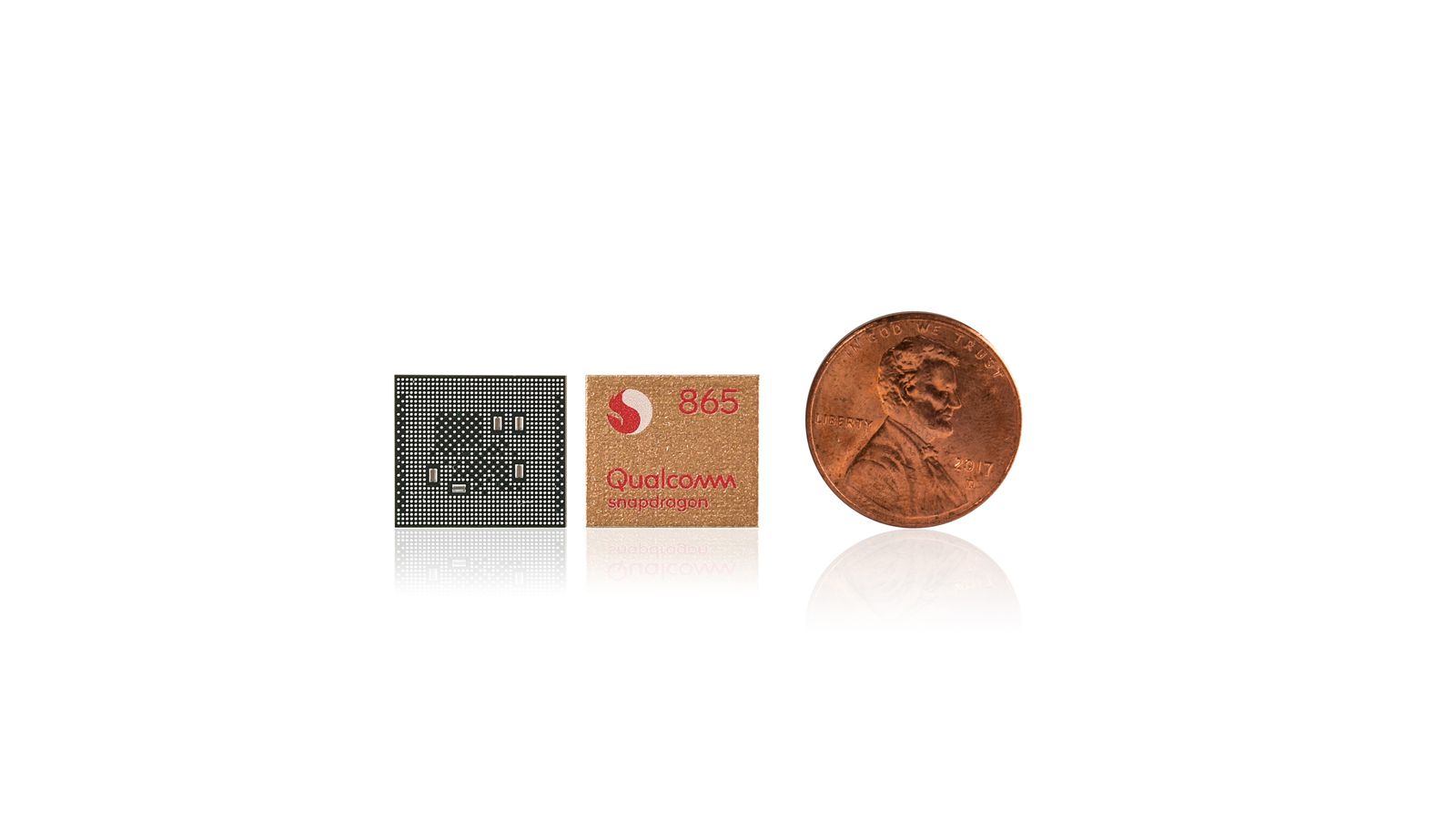A deep dive on Qualcomm’s new flagship silicon
A day after Qualcomm officially unveiled its latest Snapdragon processors, the San Diego-based tech company went into detail about the Snapdragon 865. Beyond using a 7nm EUV process, there are a bunch of upgrades to the Snapdragon 865 compared to its predecessor. Here’s a quick roundup:
It uses the latest ARM cores
Unlike the Kirin 990, the Snapdragon 865 uses the latest Cortex-A77 cores from ARM. It uses two Cortex-A77 variants: one high-frequency core with a 2.84Ghz clock speed, and three medium-performance cores with a 2.4Ghz clock speed. For the energy-saving cores, you have four Cortex-A55 cores rated at 1.8Ghz. Qualcomm claims that the new core configurations will deliver 25% better CPU performance compared to the Snapdragon 855.
144hz displays will be a breeze for the Snapdragon 865
Aside from delivering as much as 20% improvement in GPU performance, the Snapdragon 865’s Adreno 650 GPU will natively support Quad HD+ displays at up to 144hz and 4K displays at 60hz. With upcoming flagship phones rumored to have 120hz display, the Snapdragon 865 can handle high refresh rates with gusto.
108 megapixels? That’s cute
If the Mi Note 10’s 108-megapixel main rear camera has impressed you, the Snapdragon 865 can handle more. Qualcomm claims that the processor’s Spectra 480 ISP can support up to 200-megapixel cameras and up to 64-megapixel cameras with zero shutter lag. For video recording, the Snapdragon 865 can handle up to 8K30, 4K60 HDR, 4K120, and unlimited HD slo-mo footage at 960FPS.
The separate 5G modem should not be a big deal
At first, it is surprising why Qualcomm decided to use an external 5G modem on the Snapdragon 865 while the mid-range Snapdragon 765 went for an integrated route. Qualcomm President Cristiano Amon explained at the press roundtable during the Snapdragon Tech Summit that there are several reasons why they chose to use an external 5G modem for their flagship silicon.
One of these reasons include to not compromising overall performance (since integrating the 5G modem into the processor would mean reducing real estate for high-performance CPU and GPU), higher 5G download speeds (the Snapdragon 865’s X55 modem can do up to 7.5Gbps compared to 3.7Gbps with the Snapdragon 765’s X52 modem), and wider support for both mmWave and sub-6Ghz 5G frequencies.
Qualcomm Debuts Second-Generation Ultrasonic In-Display Solution




































































